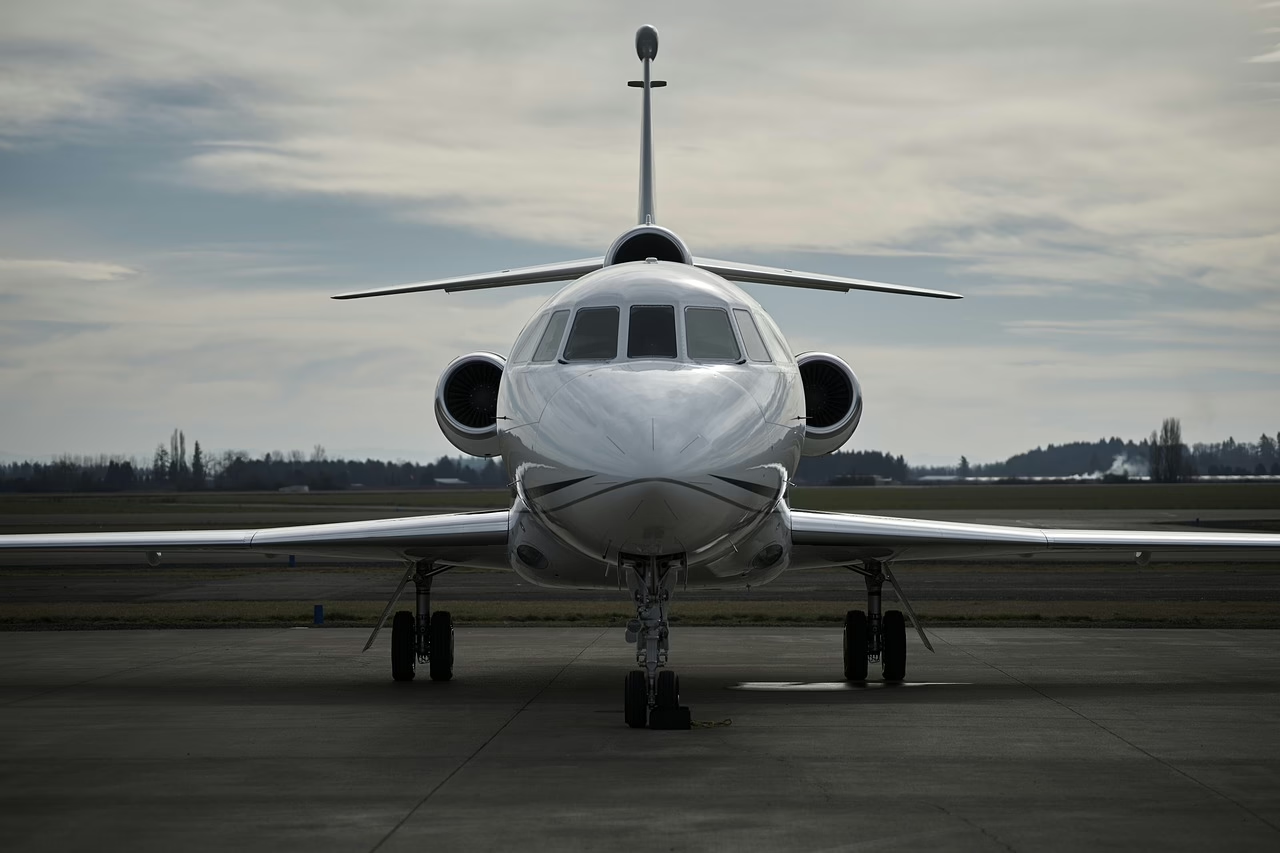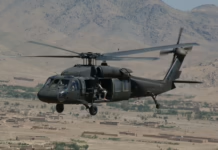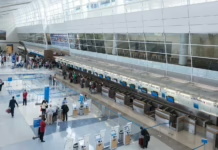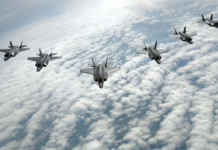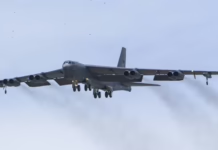Business jets buck post-pandemic predictions with strongest forecast in 34 years as fractional ownership explodes and buyers chase cutting-edge technology
Aerospace supplier Honeywell International Inc. projects manufacturers will deliver 8,500 new business jets valued at $283 billion over the next decade, marking the highest forecast in the company’s 34-year history of tracking the executive aviation market.
The Charlotte, North Carolina company released its annual Global Business Aviation Outlook on Monday, October 13, showing sustained demand for private aircraft despite the full restoration of commercial airline service following pandemic disruptions.
New jet deliveries are expected to increase 5% in 2026, with buyers increasingly prioritizing aircraft performance over acquisition costs, according to the report. Survey data from current operators showed 91% plan to maintain or increase their flight activity in 2026 compared with 2025.
“More people are flying in business aviation than pre-COVID,” Ben Driggs, Honeywell Aerospace’s chief commercial and strategy officer, told Reuters. “Those hours have continued to increase at a much higher level since 2019, so it appears like people are really staying.”
The sustained demand reflects significant expansion in fractional ownership programs, which allow multiple parties to share aircraft costs. Fractional fleets have expanded more than 65% since 2019 to approximately 1,300 aircraft in operation this year, according to Honeywell’s analysis.
Charter Services Drive Growth
Jet card programs offered by companies including Flexjet, NetJets and Air Partner have created steady demand for aircraft as operators expand fleets to meet customer requirements. These services, combined with traditional private ownership and specialized operators, continue fueling industry growth.
Light, midsize and super-midsize aircraft represent 80% of current fractional fleets worldwide. These aircraft categories have proven particularly attractive for shared ownership models.
Honeywell manufactures engines, flight management systems and other components for business jets produced by Bombardier, Gulfstream, Textron Aviation’s Cessna division, Embraer, Dassault and Pilatus.
Bombardier plans to introduce its Global 8000 series as the Canadian manufacturer capitalizes on post-pandemic demand recovery. Gulfstream is developing a replacement for its G280 model, Reuters reported.
Regional Markets
North American buyers are expected to purchase approximately 70% of new business jets delivered in coming years. The region currently operates 62% of the global business aviation fleet, with 17% of North American operators having aircraft on order.
The Trump administration’s One Big Beautiful Bill Act has stimulated purchases by permitting businesses to deduct aircraft costs from federal taxes in the delivery year.
While pricing remains a consideration, buyers increasingly emphasize performance capabilities, safety systems, fly-by-wire technology and advanced avionics when evaluating new aircraft. Customers purchasing new jets rather than pre-owned models particularly value manufacturer support services.
The U.S. Air Force is evaluating business jet platforms for potential conversion to aerial refueling tankers, which could provide additional demand as the service modernizes its aging tanker fleet while awaiting next-generation aircraft decisions.
Flight hours among fractional and private operators have increased substantially compared with pre-pandemic levels, indicating structural changes in how executives and wealthy individuals approach air travel rather than temporary pandemic-driven behavior.

Key Takeaways
Honeywell projects record business jet deliveries of 8,500 aircraft worth $283 billion through 2035, the highest forecast in its 34-year tracking history.
Fractional ownership fleets have surged 65% since 2019 to 1,300 aircraft, with light and midsize jets comprising 80% of shared-ownership programs.
North America will capture 70% of new deliveries, aided by federal tax incentives allowing immediate deduction of aircraft purchases.
Buyers increasingly prioritize performance, advanced avionics and manufacturer support over acquisition costs.
Private aviation demand remains robust post-pandemic, with 91% of operators planning to maintain or increase flight hours in 2026.



